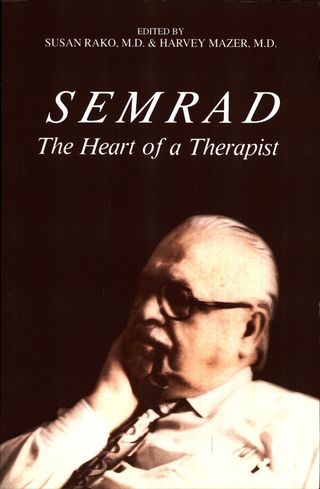 I wrote this piece in July, 2015 before the idea of a blog had crystallized for me. It was the first experience that pressed for written expression in the decade since the publication of my memoir (That’s How the Light Gets In: Memoir of a Psychiatrist – Random House). While reference to the film is a few months dated, the meaning of the piece is timeless.
I wrote this piece in July, 2015 before the idea of a blog had crystallized for me. It was the first experience that pressed for written expression in the decade since the publication of my memoir (That’s How the Light Gets In: Memoir of a Psychiatrist – Random House). While reference to the film is a few months dated, the meaning of the piece is timeless.
I sat at the movies on a soft summer Sunday evening in Chatham on Cape Cod. As the Pixar production of Inside Out revealed its message, I was unexpectedly overtaken by a rogue wave of sadness.
Much of the animated film takes place in the developing mind/ personality of a little girl named Riley. She has been a joyful child, loving her parents, her friends, her place on the hockey team, her happy life. At the start of the film, because of Father’s job stuff, Riley’s family has had to move far away from their happy home.
We meet four colorful characters who represent Riley’s feelings — Anger, Disgust, Fear, and Joy (most of all, Joy) — shown all to have their places in Riley’s life. A fifth character, Sadness — a squat little blue being who tinges everything that she touches, including precious globes of core memory — is allocated no acceptable function or place. Joy, the tireless and determined leader, keeps vigilant watch over Sadness, who simply can’t keep herself from touching the memory globes. In spite of Joy’s fantastic efforts to keep Riley happy (the phenomenal body of the film), Sadness finds her place. And, finally, it turns out to be Sadness who saves the day. The resolution of the film is satisfying and moving, but it touched something more for me. I wept through the credits. I nearly whispered my thoughts aloud:
Oh, Semrad. Here, the heart of this film, a creative illustration of the tenet you taught: Sadness is the vitamin of growth. Nearly forty years gone and I miss you still.

In 1968, ahead of his time, Semrad lamented: We’re in an era where treatment isn’t popular. We’re in a manipulation era. I’ve never seen a group that is more hopeful or willing to believe in magic than the (neuro)endocrine people. They think that if they can just find the right juice, life will be an endless pleasure.
Semrad also said, “Anything is all right at the right time, in the right place, and with the right person.” We who carry on his legacy have had the opportunity to learn a lot about the right time, the right place, the right patients for psychotropic medication. And we who learned the work of psychotherapy from Semrad and from the patients we serve know that there is no magic juice to make whole a person coping with life by avoiding painful feelings. Sitting at the movies on that Sunday evening, along with the wave of grieving for my mentor, I felt buoyant joy that Inside Out had been made. A Disney film popularizing the essential role of sadness in psychic integrity. Wow.
~ Susan Rako